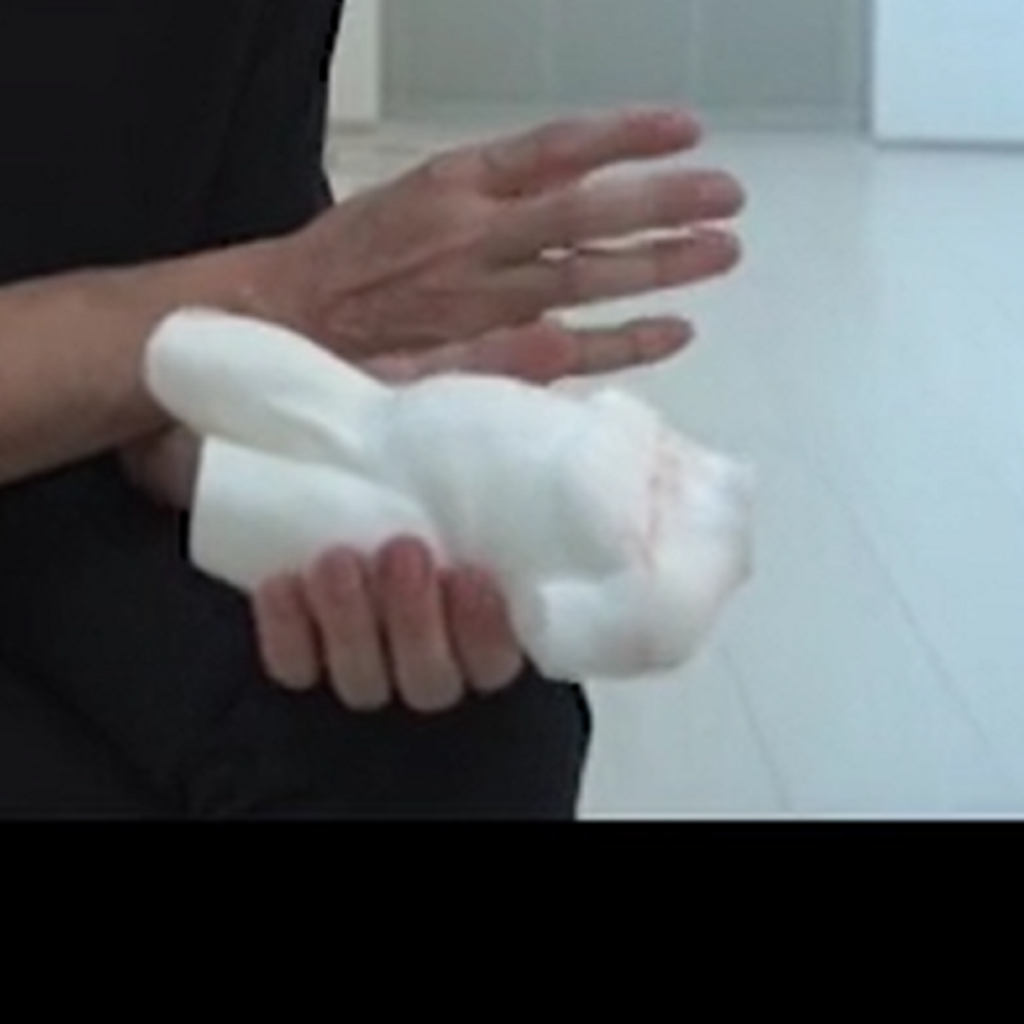And, no, I’m not primarily thinking of the cast of the Victory of Samothrace in Ohio State University’s Thompson Library (although I’m open to hacking that space in the future!). Instead it is a whole other library (one in which material matters) that prompts me to have my librarian post this today and I’ll let artist Daniel García Andújar take it from here.
This is a standard icon that comes from the “classical way” of representation, which ultimately becomes the standard way of representing reality. In this case, the human body. Most of these influences come from the classical era, starting from 500 B.C. The object itself is a 3D printing, a plastic object, simulated to look like a marble piece, the sculpture of Diadoumenos.
I made it in something that I call “hack language.” When you understand the whole of the system and its language, you have the capacity to hack it, for better or for worse. You can use this language to transform, to make little transformations, like in this icon, a classical sculpture breaking out of classical standards because it represents a body in different proportions.
You can use it to rethink why we all look the same. Now we have the capacity to transform our bodies. We are self-representing. We are taking selfies, people are taking selfies, millions and millions every day, but they all look the same. They are using the same technique, the same distance, the same approach to representation. This is a simplification of our world, a simplification of reality, and maybe we can use different tools and ways of being represented.
I believe that art has the capacity to transform reality. I believe that art allows us to generate models of resistance that transform cultural practices taken from the machinery of digitalization into a creative process. This doesn’t necessarily lead to acculturation and the passive reception of globalized cultures; the structures we create condition our perception of reality, but we’re able to modify them, even transform them—and maybe we are even capable of hacking the worker’s body as a form of resistance.
Like this: Like Loading...
Related

